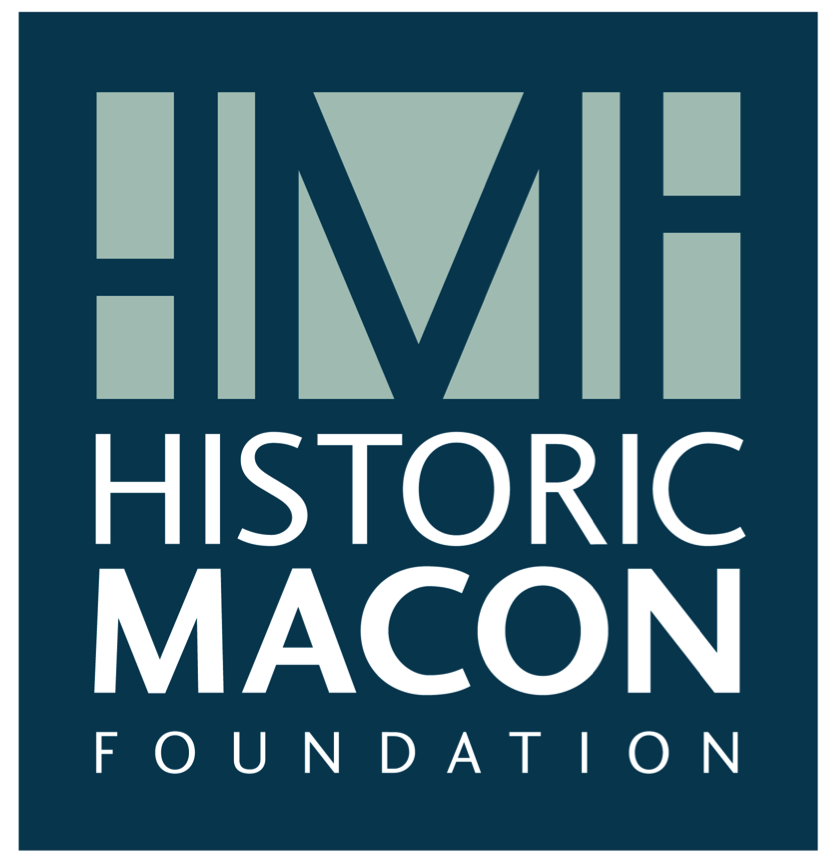The Ruth Hartley Mosley Memorial Women’s Center was abuzz with activity early on Saturday morning. Over 30 people of all ages and backgrounds came out to the Center to learn more about an important aspect of Macon’s history. Certainly the H&H fried chicken biscuits and bacon jam were enough to lure attendees out of their beds during the weekend, but that was only a minor reason to venture to 626 Spring Street on February 27.
Attendees began arriving 30 minutes early to ensure their names were on the list to board a trolley that would take them around DT Walton Sr. Way, formerly known as Cotton Avenue. Historic Macon hosted the Cotton Avenue trolley tour to promote the publication of its first walking tour brochure. In many ways it is fitting that the first walking tour brochure’s subject is Cotton Avenue District. This area of Macon offered a lot of historical landmarks to our community. For instance, Washington Avenue Presbyterian Church is the oldest African American church in Georgia and purportedly the second oldest African American church in North America. Charles H. Douglass became the wealthiest African American in Macon, and one of the wealthiest individuals in Macon, during the early twentieth century. He built his home on Cotton Avenue in midst of the historic African American business district in late nineteenth century but today his home no longer stands. Just a few blocks from the site of the Douglass House, Otis Redding and the Walden brothers established the first integrated office in Macon, Redwal Music Co. in the 1960s. After Otis Redding’s death in 1967, the building would become home to Capricorn Records and make the Allman Brothers Band, an integrated band, famous.
To celebrate the launch of Historic Macon’s Cotton Avenue District walking tour brochure, Historic Macon hosted a trolley tour that began and ended at the Ruth Hartley Mosley Memorial Women’s Center. The trolley tour took attendees around the area covered in the walking tour brochure and dropped them off for interior tours of some of the stops in the brochure. Attendees were able to step inside Steward AME Chapel, where Dr. Martin Luther King Jr. delivered a speech to 600 people in the pouring rain. They journeyed beyond the construction wall at the former Capricorn office building and learned about this building’s use as an African American Elks Lodge before Otis Redding and the Walden brothers began recording music. They entered some of the oldest houses of worship for Macon’s African American population, including the First Baptist Church and Washington Avenue Presbyterian Church. All while learning about the businesses and people who contributed to Macon’s history and the ongoing fight for racial equality.
The attendance during the Cotton Avenue Roll is a testament to our community’s interest in the significant cultural resource of Cotton Avenue District. The tour and brochure are opportunities for our community to learn more about and celebrate the legacy of this historic district. It’s also an opportunity for Historic Macon to raise awareness about the importance of this area that is currently under intense development pressure.
We hope you’ll take the time to pick up a brochure from the Sidney Lanier Cottage, the Ruth Hartley Memorial Women’s Center, or the Convention and Visitor’s Bureau. Take the time to walk down DT Walton Sr. Way, taste soul food at H&H, and look at the buildings that are still standing and the footprints of those that have been torn down. Share your favorite finds with us on social media using #maconispreservation.




